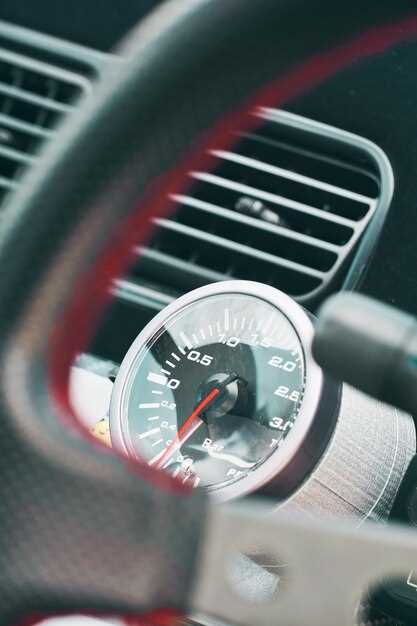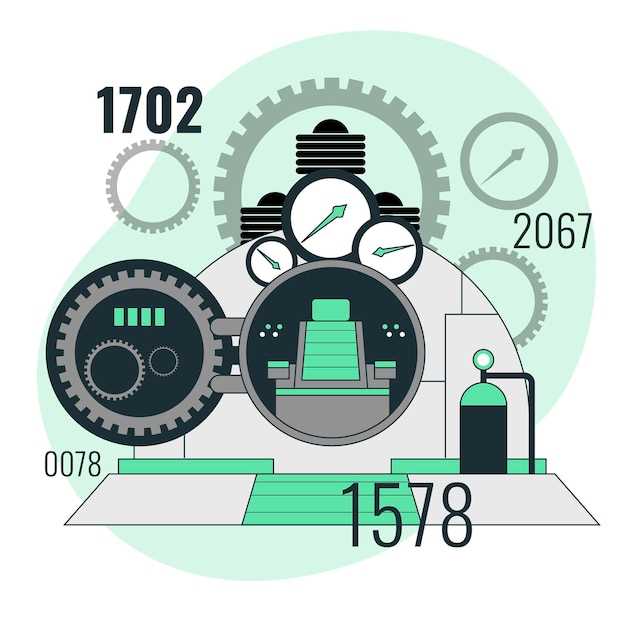

In the high-stakes world of motorsport, where every fraction of a second counts, the role of traction cannot be overstated. One of the key components that enhance a vehicle’s ability to maintain grip during intense maneuvers is the limited-slip differential (LSD). Unlike traditional open differentials, which can lead to power loss due to wheel slip, LSDs ensure that power is effectively distributed to the wheels that need it most, providing superior acceleration out of corners.
The traction advantages gained from limited-slip differentials are particularly evident in competitive racing environments. As a vehicle navigates tight turns or uneven surfaces, the LSD minimizes the likelihood of excessive wheel spin. This allows drivers to harness the full potential of their engine’s power, improving lap times and overall performance on the track. With LSDs, racers can push the limits of their vehicles, knowing that they have a system in place to optimize their traction and stability.
In conclusion, incorporating a limited-slip differential is not merely an enhancement but a crucial necessity for any serious racing team. The technology behind LSDs continues to evolve, offering improved performance and reliability. As racers seek every possible advantage in their pursuit of victory, understanding the significance of traction through limited-slip differentials becomes imperative.
How LSD Enhances Cornering Performance in High-Speed Racing

Limited-slip differentials (LSD) play a crucial role in improving cornering performance during high-speed racing. By transferring torque to the wheel with the most traction, LSD allows for better grip and stability when navigating tight turns. This technology is particularly beneficial on tracks where directional changes demand precision and speed.
When a vehicle enters a corner at high speeds, weight transfer occurs, causing the outside wheels to bear more load. An open differential would cause the inside wheel to spin freely, resulting in reduced traction and potential loss of control. In contrast, an LSD mitigates this by redistributing power, ensuring that both wheels work in unison. This not only enhances traction but also promotes a more balanced handling characteristic, allowing drivers to maintain higher speeds through corners.
Moreover, LSD enables drivers to apply throttle more aggressively while cornering. By enhancing grip, it reduces understeer and oversteer tendencies, facilitating smoother acceleration out of the apex. This capability is especially advantageous on circuits with a combination of tight and sweeping corners, where maintaining optimal speed is pivotal to overall lap time.
Furthermore, the adaptability of LSD systems contributes to varied racing conditions. Whether on wet surfaces or abrasive tracks, the differential compensates for changes in grip levels. This versatility ensures that drivers can consistently maximize traction, regardless of environmental factors, improving overall performance and driver confidence.
In summary, the incorporation of limited-slip differentials significantly enhances cornering performance in high-speed racing by optimizing traction, improving vehicle stability, and allowing for more aggressive driving styles. This technology is indispensable for competitive racing environments, where every fraction of a second counts.
The Role of Traction Management in Various Racing Conditions
Traction management is crucial in racing, as it directly impacts a vehicle’s ability to accelerate and maintain control under varying conditions. Limited-Slip Differentials (LSD) play an integral role in this process by effectively managing torque distribution to the wheels. This is especially important in scenarios where grip levels fluctuate, such as wet tracks, dirt surfaces, or during tight cornering.
On a dry racetrack, optimal traction allows for maximum acceleration. LSD helps achieve this by ensuring that power is transferred to the wheel with the most grip, minimizing wheelspin. In high-performance scenarios, maintaining traction is vital for swift acceleration out of corners, where every fraction of a second counts.
Under wet or slippery conditions, traction management becomes even more critical. The presence of LSD helps prevent excessive wheel slip, which can lead to loss of control. By providing a balance of power between the driven wheels, LSD enhances stability, allowing drivers to navigate through challenging sections with confidence.
Off-road racing or rally events frequently encounter loose surfaces like gravel or mud. Here, traction management systems equipped with LSD become essential for optimizing grip. The differential enables drivers to maintain momentum, ensuring that power is not wasted at a spinning wheel, which is crucial for navigating rough terrains effectively.
In addition to environmental conditions, race strategy significantly influences the role of traction management. Drivers may need to adapt their driving style based on track conditions, requiring a responsive LSD to communicate effectively with their driving actions. The ability of the LSD to adjust torque delivery in real-time allows racers to fine-tune their approach and exploit any available grip.
Overall, the significance of traction management through limited-slip differentials cannot be overstated. It enhances performance, improves handling, and can be the deciding factor between victory and defeat across various racing conditions.
Choosing the Right Type of Limited-Slip Differential for Your Race Car

Selecting the appropriate limited-slip differential (LSD) for your race car is crucial for maximizing traction and enhancing performance. There are primarily three types of LSDs: clutch-type, helical (or gear-type), and viscous differentials. Each has its own strengths and applications, which can drastically affect how your car handles under racing conditions.
The clutch-type differential is favored for its adjustability and performance in high-torque situations. It uses a series of clutch plates that engage to distribute power between the drive wheels. This type excels in providing immediate traction during acceleration, making it ideal for drag racing and other applications where rapid power transfer is essential. However, it may require regular maintenance due to wear on the clutch plates.
Helical differentials, on the other hand, utilize a set of gears to provide traction without any clutch components. These are often found in road racing applications because they offer smooth and predictable handling. The advantage of a helical LSD is its ability to deliver progressive torque distribution, which helps in maintaining traction during cornering. This type is less likely to cause unwanted tire chirping and allows for better vehicle stability.
Viscous LSDs use a liquid-filled coupling and are favored for their simplicity and reliability. They provide a gradual transfer of torque between wheels, which is beneficial in slippery conditions. This characteristic makes viscous differentials suitable for rally racing, where surface conditions can change rapidly. However, they may not deliver the same level of instant traction response as clutch-type or helical options.
Ultimately, the right LSD for your race car depends on your specific racing goals and driving style. Consider factors like the type of racing, power output, and track surface to make an informed decision. A well-chosen limited-slip differential not only enhances traction but also significantly contributes to your overall competitive edge on the track.







